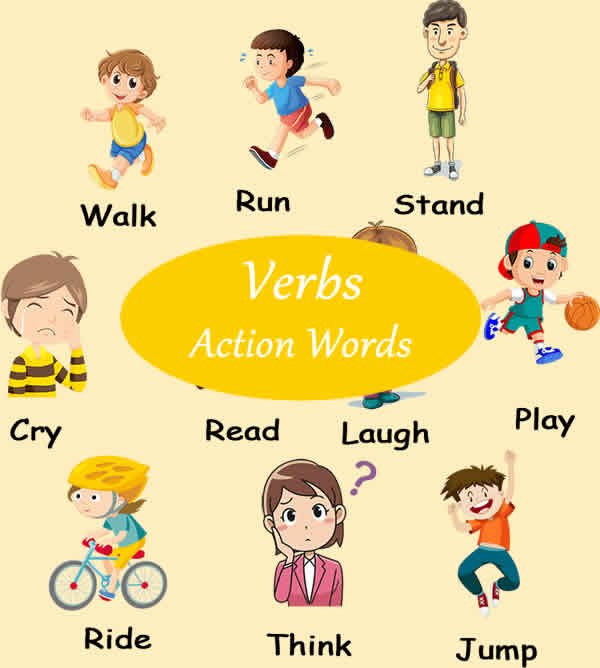Welcome to the world of Nouns and Pronouns!
Learn more about what are nouns and pronouns. If you’ve ever wondered how to talk about people, places, and things without sounding like a robot repeating the same words, you’re in the right place. Today, we’re going to explore two essential building blocks of English: nouns and pronouns. Think of them as the superheroes of sentences, making your communication clear, smooth, and much more interesting. Let’s dive in and see how they work!
Okay, let’s break down what are nouns and pronouns for new English learners!
Nouns and Pronouns: Simple Building Blocks of English
Hey everyone! If you’re just starting to learn English, you might be hearing words like “nouns” and “pronouns.” Don’t worry, they’re not as scary as they sound! Think of them as essential tools for building sentences. What are Nouns and Pronouns?
What is a Noun?

A noun is simply a name for something. It can be:
- People:
- Example: teacher, friend, boy, girl
- Places:
- Example: school, park, house, city
- Things:
- Example: book, table, car, apple
- Ideas or Feelings:
- Example: happiness, love, time
Simple Examples:
- “The dog is barking.” (dog = thing)
- “My mother is a teacher.” (mother and teacher = people)
- “I like to go to the park.” (park = place)
- “I ate an apple.” (apple = thing)
Nouns: Examples Chart
| Noun Types | Examples |
|---|---|
| People | * teacher, student, doctor, friend, baby, man, woman, family, police officer |
| Places | * school, home, park, city, country, store, beach, mountain, restaurant |
| Things | * book, table, chair, car, phone, computer, pen, apple, flower, ball |
| Animals | * dog, cat, bird, fish, elephant, lion, tiger, bear, rabbit |
| Ideas/Feelings | * love, happiness, time, idea, freedom, anger, fear, hope, peace |
What is a Pronoun?

A pronoun is a word that replaces a noun. We use pronouns so we don’t have to repeat the same noun over and over.
Common Pronouns:
- I, you, he, she, it, we, they
Simple Examples:
- Instead of saying, “The dog is barking. The dog is big,” we can say, “The dog is barking. It is big.” (“It” replaces “the dog.”)
- “My friend is nice. She likes to play games.” (“She” replaces “my friend.”)
- “I like to read books.” (“I” replaces the speaker’s name.)
- “They are going to the store.” (“They” replaces a group of people)
Types of Pronouns with Examples
| Pronoun Types | Definition | Examples |
|---|---|---|
| Personal | Replace nouns referring to people or things | I, you, he, she, it, we, they |
| Possessive | Show ownership | Mine, yours, his, hers, its, ours, theirs |
| Reflexive | Refer back to the subject of the sentence | Myself, yourself, himself, herself, itself, ourselves, yourselves, themselves |
| Intensive | Emphasize the noun or pronoun they refer to | Myself, yourself, himself, herself, itself, ourselves, yourselves, themselves |
| Demonstrative | Point to specific people or things | This, that, these, those |
| Interrogative | Used to ask questions | Who, whom, whose, which, what |
| Relative | Introduce relative clauses | Who, whom, whose, which, that |
| Indefinite | Refer to non-specific people or things | Anyone, someone, everyone, no one, something, anything, everything, nothing |
| Reciprocal | Express a mutual relationship | Each other, one another |
Why are they important?
- Nouns help us name everything around us.
- Pronouns make our sentences shorter and smoother.
Think of it this way:
- Nouns are the names.
- Pronouns are the stand-ins.
Keep practicing, and you’ll become a noun and pronoun expert in no time!
Additional helpful information:
Some details about verbs and using verbs – What are Verbs? How to use Verbs When Speaking English?
